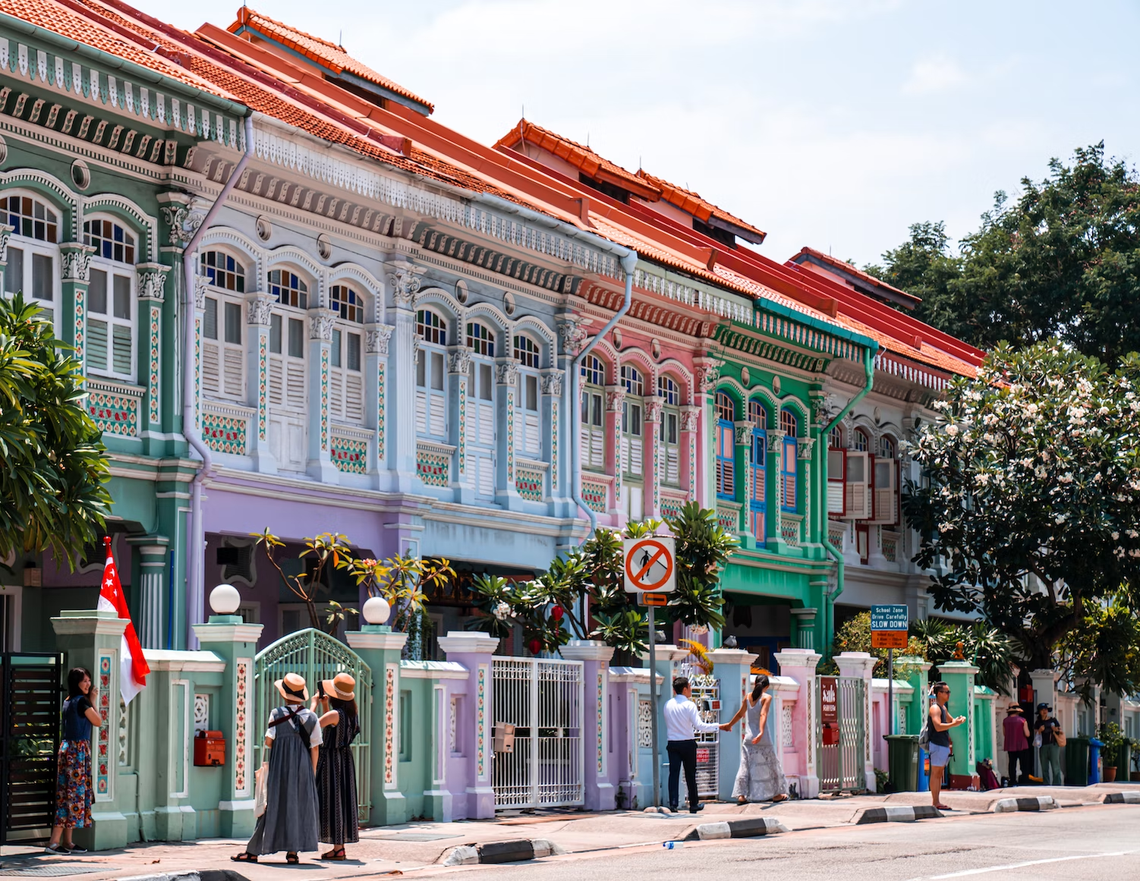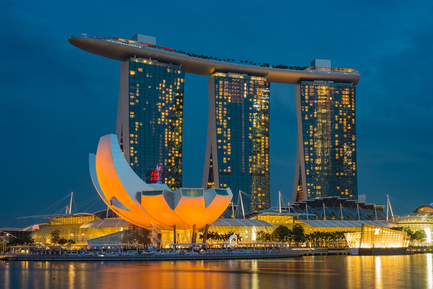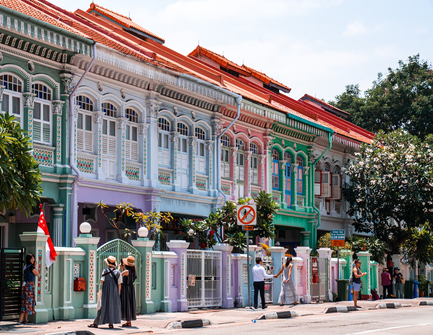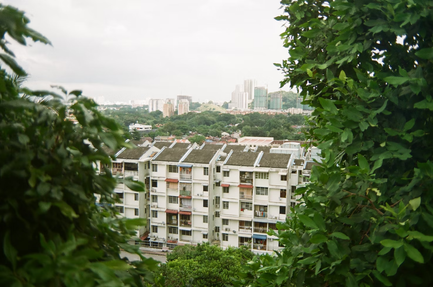

At a certain point in my life, I felt a sudden urge to learn how to draw, and not just draw, but draw digitally. Traditional materials didn’t attract me much, but CG seemed convenient and, most importantly, applied, because, contrary to the popular opinion, this can become quite a profitable and modern profession. I always thought of it as the natural evolution of traditional art. "What‘s the problem, put your ass down and draw," you could say, and you would be absolutely right. But this epiphany came quite late, and the clock was ticking! Considering that my drawing experience was limited to art lessons in elementary school, and I was already 26 years old, the prospect of poking around blindly for another 15 years did not appeal to me, but the opportunity to cut this time in half, or even more, on the contrary, seemed perfect — I still wanted to learn something before I got sent to a retirement home. I had to be honest with myself, only a special kind of person can do the grind all alone, and I’m definitely not that kind of person. So going somewhere to study was a completely logical turn of events.
Why trade school in Singapore?
My needs and abilities severely limited my choice. Art colleges and academies were thrown in the bin right away — they worked with traditional mediums, besides, I was more than sure that I would not pass the competitive selection, since my skills were non existent. In addition I didn’t want to create amazing (or pretentious) works of art that would hang in the gallery, I wanted to master a craft. Digital tools are taught to graphic designers, but making logos did not go well with what I needed. Also, education had to be full-time, so all online courses, among which there are truly amazing ones, were not considered either. Of course, one could move to sunny Pasadena and join the legendary Art Center, but even if I’ve sold both my kidneys and offered my soul to the Devil, it is still wouldn’t be enough, the Art Center is simply too expensive.
It would seem that everything was lost, but I had a trump card up my sleeve. Once, sitting in a noisy bar somewhere in Seoul, I poured out my worries to a friend. It might be that the fate itself brought us together that day, on the other side of the world. Over a bucket of cheap and rather disgusting somek, we discussed the past, the future and the present. Long story short, the whole conversation can be reduced to this:
- You draw like a monkey. (The expressions used were much-much stronger, of course, but Ilya always spoke his mind.)
-
There is one place in Singapore, they will beat the devil out of you.
And, boy, was he right.
The school was founded by an industry veteran who has worked on many awesome projects. This acted as a kind of seal of approval for the quality of education, and the commercial format, in turn, meant that anyone could enter, at least in theory. The cost of training wasn’t cheap, mind you — 30,000 USD for a one-year program, but it paled in comparison to the Art Center, where training costs around 300,000 USD for five years. Soon it was obvious that the issue of price was a pressing matter for many. There were people from Europe, USA, Canada, Australia and neighboring Asian countries, who also chose this school because it seemed like the best value proposition.
Papiere Bitte!

The admission process itself was not that difficult, and the school staff responded fast. They described each step in detail and answered all of my questions promptly — fortunately, my knowledge of English made it possible to communicate with them directly. It was necessary to fill out several digital forms and contracts, sign them, answer questions about yourself, your family members and your financial situation. This should be done so the school could send a visa application for you, and also you will have to pay some small fees. The school itself required a portfolio and a language certificate. Needless to say, my portfolio was abysmal. Because of this, I had to do test assignments twice, the results of these tests could give anyone a second hand embarrassment, but, as they say, all’s well that ends well. I also had to go through an interview in which I was asked about my poor life choices, favorite artists, etc. Until today, I am at a loss as to what exactly was checked during this interview.
The fight against the bureaucratic machine in Russia, however, made me go through all five stages of acceptance. The joys of collecting some useless papers, and the need to prove that you are going to study, and not launder the money of the Mexican drug cartel, is an experience to remember. And when you say: "Hey, here are all of the documents confirming my enrollment", they answer: “Oh, no one here speaks English. Please translate it, and don’t forget the stamp, byyyyeee!”. This made my blood boil and I immediately wanted to take the first train to Mars and never come back.
The fact that I lived in a small provincial town did not help either. To my plea for help with the transfer of money to Singapore, the bank tellers only shrugged — such requests clearly went beyond their usual routine of issuing credit cards and processing utility payments. There were many difficulties with the bank. Take, for example, an absolutely outlandish initiative that makes it impossible to transfer amounts exceeding a certain limit. This had to be solved with the help of crutches and several transfers, from which, of course, a commission was deducted. Although I was upset with the competence of the bank employees, some of these lovely women sincerely tried to help me. Yes, I was forced to translate the entire pile of documents from the school, down to the curriculum. However, a couple of days of tedious work and a familiar notary solved this issue.
CRIBS
Thank God, all the documents have been sent, the money has been transferred, the tickets have been bought, and the school has sent me a letter of acceptance and a visa confirmation paper. You need to print it out and present it at the border upon arrival, otherwise you will be send back, at least that's what I was told. But even before you load your precious little booty on the plane, you need to find a place to live. The school doesn’t have any dormitories, so everything is in your hands. You can, of course, rent an Airbnb for the time being, but this method is a waste of money and unsustainable long term. Singapore has its own websites to search for apartments like propertyguru and 99co. I was looking for something close to school and cheap, so I moved into a room above an Indonesian restaurant. The room was small and consisted of a bed, a wardrobe, and a table with a chair. Someone may prefer more luxurious living conditions, but the experience of living in goshiwon (in Korea it is a small room, sometimes no bigger than a bathroom) tempered me. At least there were no weird smells and the room even had a window, which, in my opinion, was a success. Later that year a durian vendor started appearing right under my window, my "airing the room" days were over. Nearby, there was a hawker center, a relatively large shopping mall and a Seven / Eleven, which was a godsend at four in the morning.
In reality though, after I hit a "halfway there" mark, I could spend entire weeks not sleeping at home only visiting when I needed to shower. In general, I tried to shower at least once a day — in a hot, tropical country you are covered in sweat almost immediately after leaving an air-conditioned space. The level of air dampness in Singapore reminded me of Florida, although the air there is still a little denser and heavier. Even on the day of school orientation, the first and most important point was hygiene — we were directly told that if we stink, we can go back home and not come back until we stop stinking. Even then, this point amused me, it was interesting to imagine the stinky incidents that happened inside the school, so that the administration would spend an entire ten minutes on the importance of bathing.
If you share a condo with someone, then you will have a plenty of options to choose from. But for the price to remain reasonable, you will have to find four or five people, willing to live together. The apartments themselves have quite different configurations, and private residential complexes usually offer amenities like swimming pools and gyms, although the quality may vary. Do not let your guard down though, due to the fact that you are a foreigner — landlords and real estate agents may try to fool you, which is partly what happened to my friends.
The story of one apartment
That would be the end of the story, but wait! There is more. At first, the owner tried to charge the remaining residents for an empty moldy room, but this demand was met with serious resistance. After a long back and forth, another demand was made — to independently find a person who will be renting this room. Questions about, who would even want to live there were ignored. It took several more months until a worker came and simply covered the mold with paint, and as we understood, not for the first time. By that time, the landlord had already begun to threaten, my boys, that she would withhold the deposit, which, by the way, was about 3,000 USD. Later it turned out that the building was to be demolished within the next three years, and the owner of the apartment simply did not want to invest money in it no longer.
The situation was more or less resolved only after one of the residents promised to contact the embassy — stuff like "threat to wellbeing", “fraud” and the like were said. I knew it was a pure bluff, but suddenly it worked. The landlady and the realtor were all of a sudden open for a discussion in five minutes time, with pleads to “not jump to conclusions” and phrases like “oh, you simply misunderstood”. However, the code demanded to leave them hanging for another day or two, in order to "marinate" them a bit. The moral of the story is: before you sign anything, look around every corner, smell it if you have to — to seem overly pedantic is better than wasting time and energy on waging a war with the landlord.

Cyberfunk
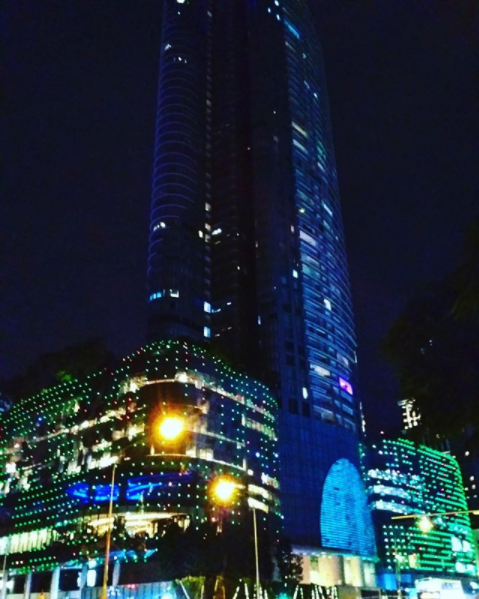
Upon arrival, it is important to open a bank account and obtain a debit card ASAP. With a Russian card, of course, I was able to buy myself some food, but it was difficult to pay rent or tuition with that. The process is as straightforward as it could get, just don't forget your passport and Student ID. The card is printed right on the spot and a small plastic authenticator that generates pin codes is issued to you as well. You can also buy a SIM card right away. Personally, I purchased a plan with 50 GB of traffic and a minimum call time, since whenever I need to call someone, I use messenger apps anyway. As it turned out, it was the right call — WiFi at home and at school was pretty horrendous. I would recommend you to study this matter more thoroughly — I am quite sure that due to my rush to get a singaporean sim, my Internet cost me much more than it should have.
I arrived in Singapore two weeks before the start of my classes. In my opinion, this time is more than enough to see all the local attractions and just take a walk around the city. After my studies began, I did not feel the urge to go sightseeing. The city met me with a downpour, and then scorching heat, consider carrying an umbrella with you at all times. I must say, when I left the airport and took a bus towards my now to be home, I immediately experienced a culture shock — the good kind. In October, I got from the drab and already cold north into a tropical paradise — a surprise, to be sure, but a welcome one.
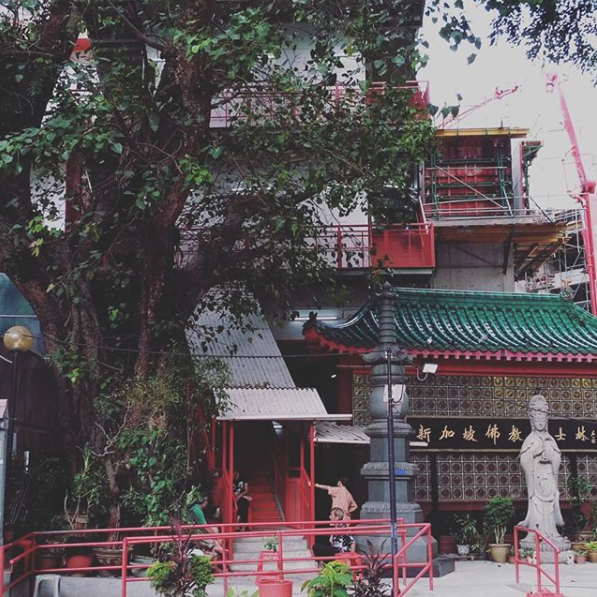
It is difficult for me to call Singapore a clean city, but, as a rule, everything around is neat, I did not notice any blatant unsanitary, dirt and devastation, although I didn’t go to bad parts of town, if there are any. Don't get me wrong, Singapore is quite beautiful — a crazy mix of British colonialism, orientalism with pot-bellied Buddhas and temples, and utilitarian industrialism. After finding the location of my new place, I read and signed the contract, paid the deposit and got acquainted with the neighbors. On one of my arms there is a sleeve tattoo — the landlady looked at it for a while, and then asked seriously and with suspicion, "You don’t do drugs, do you? Is it a gang tattoo?". “No,” I reassured her with a slight grin, this was not my first rodeo.
There are a lot of scary stories about Singapore circling around. The Big Brother, huge fines and a ban on chewing gum. Of course, this is technically true, and you definitely won't buy gum anywhere. But if you use your eyes you would see that old fellas calmly smoke their cigs where it is convenient for them, someone loudly spits into the canal, and a fussy mother jaywalks across the four-lane road, yet the gum is nowhere to be found. I don't think you should be purposefully impudent, but the police, as a rule, turns a blind eye to all sorts of little things and quite often operates by some kind of a social contract rather than law. I think this situation is observed in many countries, and Singapore is no exception. Apart from the genocide of the gum, of course, it really freaks me out.
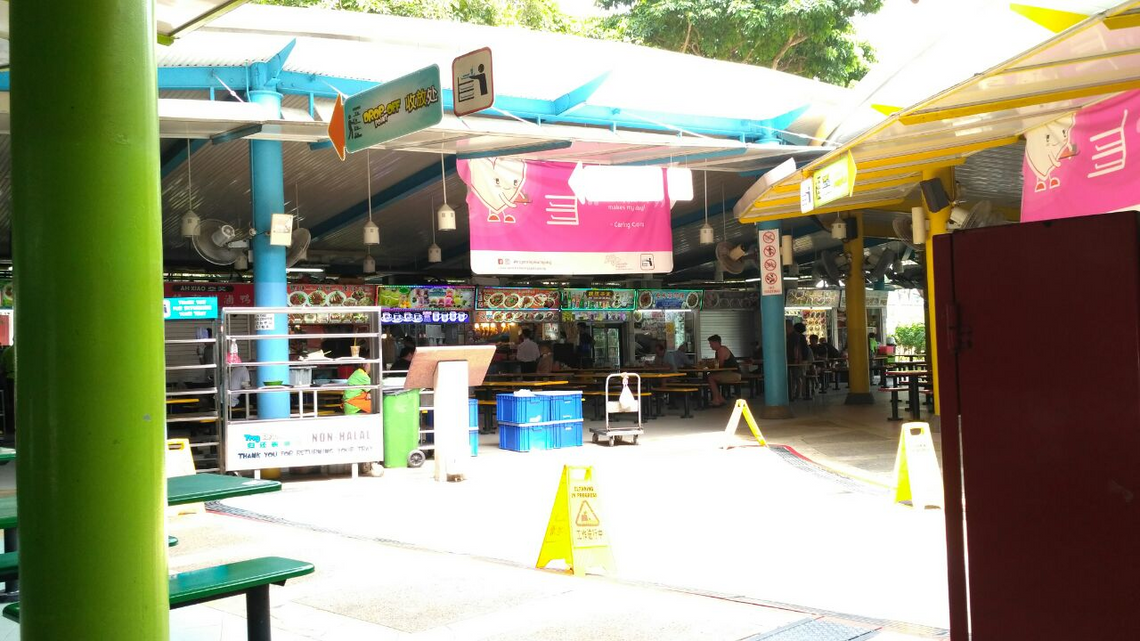
A fun fact — in a little over a year of my life in the country, I used the local MRT a total of zero times. The buses seemed more interesting to me, but I still didn't go far from the downtown area. Many people drift on electric scooters and bicycles, since the climate allows it. If in Russia such scooters seemed like an absolutely useless toy, then in a country where it is summer all year round, they started to make sense and could pass as convenient and affordable means of transportation. It’s entertaining to watch respectable looking office clercs rolling proudly on their scooter, as their ties flapping in the wind, like a tongue of a Labrador, which puts his head out of the car window. However, I quickly realized that this method of moving yourself around is not without its issues.
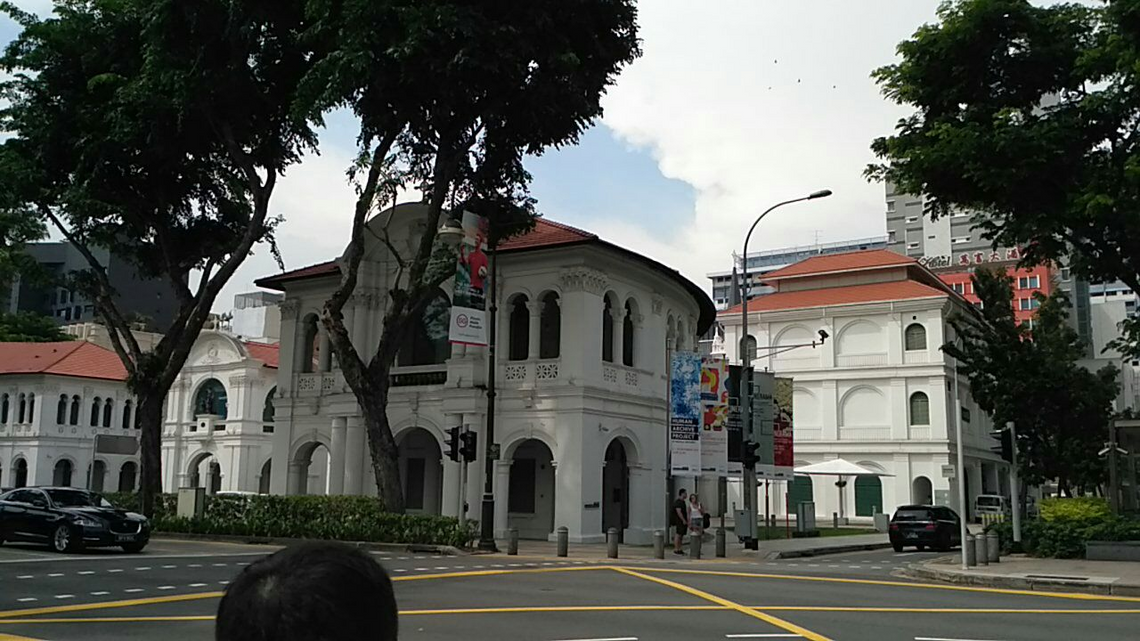
There are only two types of weather in Singapore — unbearable heat and rainstorms that wash away everything that’s in their path. Depending on the season, one can prevail over the other, and during the monsoon season it feels like a recreation of a biblical event. An umbrella can save you from a regular rain, but nothing could save you from a seasonal rainstorm. The only way out is to ignore it and hope that it will get bored and go away. Under such conditions, commute on anything other than a car becomes extremely difficult.
A Hard Day’s Night
My group met the beginning of our studies with enthusiasm. Everyone was excited, cheerful and full of energy. We got to know each other, had fun and studied. The senior groups (2nd and 3rd trimester) told us horror stories and, like real drill sergeants from American war flicks, said stuff like: "Welcome to the meat grinder, maggots!" At the same time, some of them looked like people who served time in Azkaban, and not like those who ended up in Hogwarts. We were skeptical about all this, thinking that they were exaggerating. So a couple of months passed, and then all hell broke loose.
Study structure
At first, everything seemed fine, we could even afford the luxury of free time. But with each week the workload increased, the tasks became more difficult and, most importantly, more time consuming. Very soon we started finishing work closer to 2 am (I believe after 2 weeks). Sometimes it was necessary to completely redo some assignments in addition to the new ones. It was clear that if we wanted to survive we had to carefully plan our time in order to keep up with everything, but even here the teachers threw us a curveball, conducting five-hour long surprise tests, which, of course, brought chaos to our schedule. By the end of the first trimester, I often had to sleep, huddled at my desk, and sometimes on the floor at my classmates' apartment. This usually happened on the due date of the assignment, when you are hastily trying to finish it, at 5am you realize that you have depleted all of your energy reserves, and you pass out for exactly an hour. When the buzzer wakes you up, you lift the lid of your laptop — and in the dark a bright artificial light pierces your eyes like daggers. Hissing like Count Dracula at the sight of sunlight, you continue to work — there is still time until 9, you can make it.
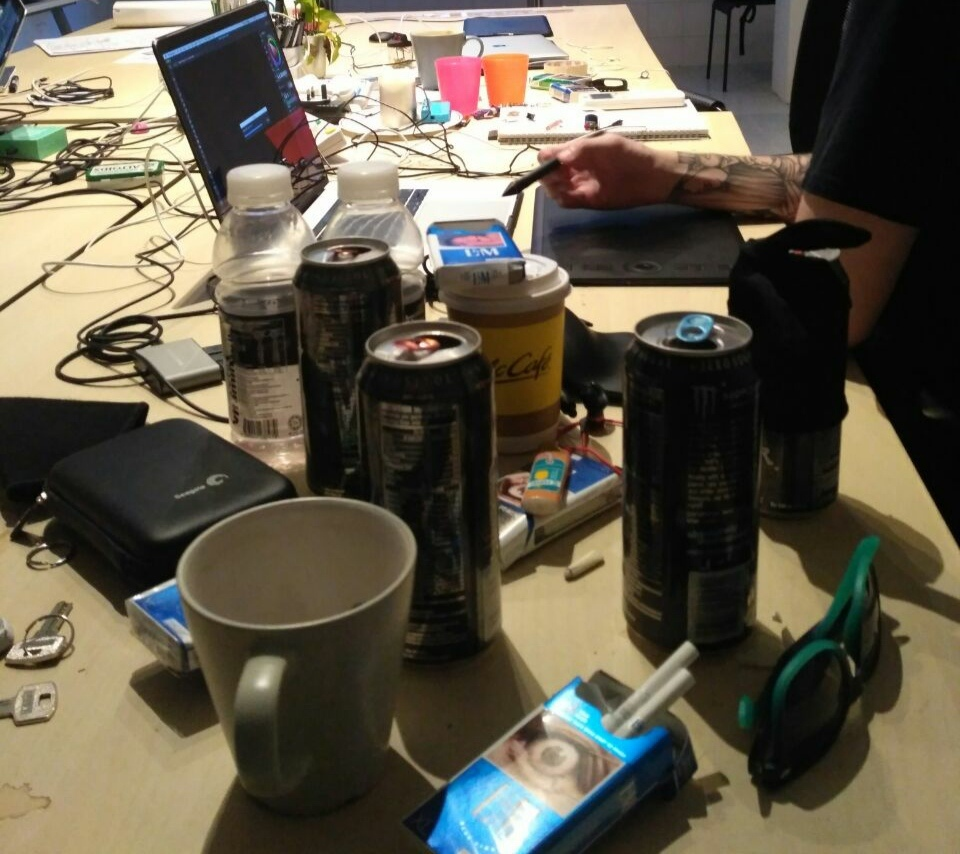
People often slept at school, some at their desks, some under them, and the staff hinted that it would be nice to buy a pillow. I recall one time, after finishing a particularly nasty assignment, the entire class of 30 people fell asleep at once, even the most proud and resilient. Taking pictures of passed out classmates became a sport of sorts for everyone — the shots turned out to be hilarious.
Each project had to be presented in front of the whole class. The goal was to "sell" the idea to the art director and explain why certain decisions were made. I didn’t always manage to “sell” my work, but I approached the presentations themselves with enthusiasm — it was a good chance to shift the focus from technical flaws in the work to the idea. However, few had a similar attitude. Some simply could not capture the audience’s attention, some were too nervous, turned pale and trembled. There were also especially self-conscious guys who just muttered hoping to finish faster, and some even bursted into tears and refused to speak in front of everyone, but it got better over time. Observing other groups, I was surprised that, with rare exceptions, the strongest artists with cool ideas made somewhat uninspiring presentations, and the weak and average ones sometimes made such epic performances that you began to forget that the pictures themselves did not impress you that much.
There was a two-week break between the terms. However, there was not much time for rest here either. During a break, we had to complete an assignment, and in order to complete it, we had to work about 5 hours every single day. However, it was at least some kind of a break, since 5 hours is not 20.
Bon Appétit
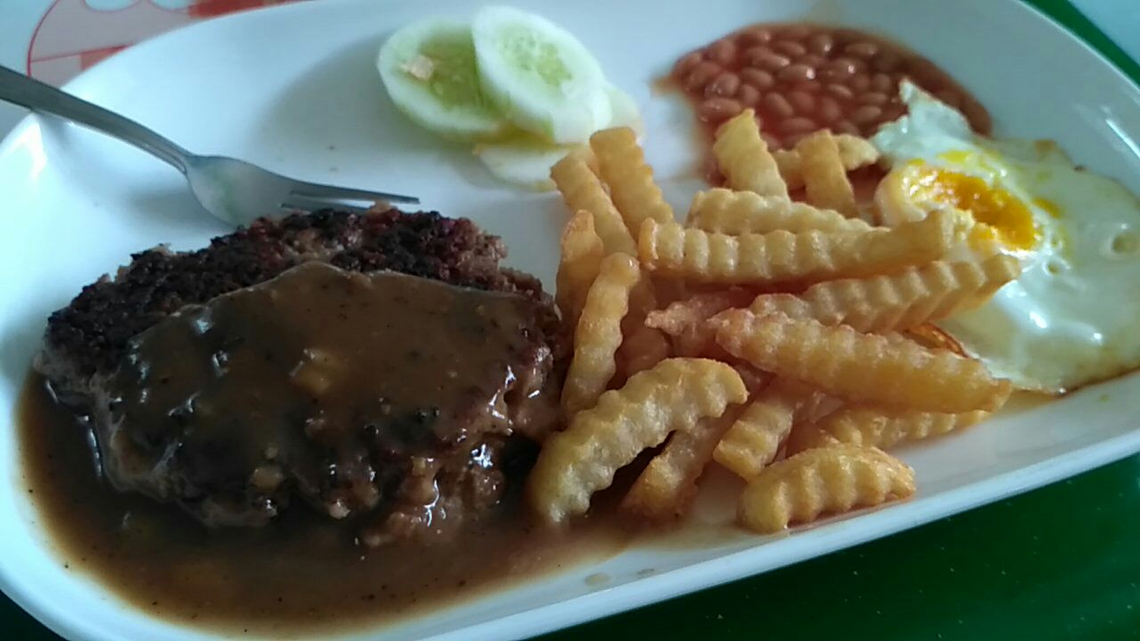
Our busy schedule left almost no time for cooking. My (and not only mine) diet consisted mostly of energy drinks and cigarettes with a sprinkle of junk food here and there. The local food also did not make an impression. It was interesting to try it, but that’s it. In part, I associate my anxious and depressed state during the last months of my studies with the lack of familiar food. Actually, many felt down. As the workload increased, so did the stress, which in turn led to irritability and conflicts. Some even managed to date, while others broke up — absolute madmen.
Prices in Singapore are relatively reasonable. However, the affordable food in the 5-10 dollar range (these are some of the cheapest options here) quickly became stale. Except for one dish — at a hawker center near my place, a local granny was making a burger steak. In her interpretation, this dish consisted of a fried patty, fried egg, beans, cucumber, fries and a suspicious looking gravy. This was the only kind of comfort food that I could find, and it was also cheap as hell. Every time I felt down, I ordered a patty and some ice tea and I started to feel a bit better. After a while, I stuck in the old lady’s memory, and we began to communicate with nods and head bobs, like real smugglers.

Of the strange anomalies, I can recall the absolutely extortionate prices for pizza. For example, at Pizza Hut, one small pizza that is a little bigger than my palm cost about 15 dollars. This state of affairs outraged the Americans, who recalled that back at home they could feed an entire family with a 15 dollar pizza. As the locals themselves say, the only entertainment you can find in Singapore is shopping and booze. And if everything is clear with the former, the latter I cannot recommend, and not due to healthy lifestyle considerations. Beer prices are astronomical — for two glasses, a pub can charge about 50 bucks. Beer in a supermarket is cheaper, but not by much. The quality of the brew itself left much to be desired. Now was a turn of Germans, Austrians and Czechs to be outraged — both by prices and taste.

Was it worth it?
Let’s just say that the studies subverted my expectations. In my mind, I imagined that the school would help us and explain every last bit. In reality, the teachers acted more like dispensers of feedback and assignments. A great emphasis was placed on self-study and the need to figure everything out on your own. Google and other students became the best teachers for me. I was at the very bottom of the food chain and had zero skills, while the level of others ranged from solid amateurs to professionals — this was the main advantage and the main difficulty. On the one hand, people rarely refused to help me and gave me some of their precious time, trying to explain stuff to me, on the other hand, the daily comparison of myself to others and not in my favor strongly affected my self-esteem. But this seems to be the power of full-time education. In such a system, students motivate each other with their successes — looking at others' work, you just feel ashamed for not doing the same and being lazy. Something like this would never have worked online, especially with this amount of workload.
The last month and a half was the most difficult. The amount of work became noticeably lower, but mentally I was already at my limit. I became withdrawn, constantly angry and irritable, I just wanted to lie down and do nothing at all. The sad part about this was that my final projects suffered from my apathetic mood swings, but at that moment I didn't really want to think about it. The food tasted more like disappointment, and I often caught myself thinking that I crave mom’s spaghetti. I wanted to go home.
One way or another, I have reached some of my goals. I met cool people that I still talk to and have mastered skills that I could hardly have learned on my own. Most importantly, the school finally taught me how to learn. Before, I was like a kitten from the Soviet cartoon "How to become a grown up" — when faced with difficulties I could throw a tantrum "Well, fine! It’s not like I wanted to do it anyway!", drop everything I was doing and go procrastinate. But with tight deadlines, you simply don't have the time to overthink and hesitate. The principle "Do. Or do not. There is no try" describes this approach to education quite accurately.
With classmates, we often discussed whether we can recommend anyone to study here. Someone even sarcastically suggested living this year all over again, which turned everyone present pale and made us laugh nervously. On the last day of classes, we were shown a presentation in which we had to guess a person by his or her admission work. Immediately after that, we were shown the recent work of the same student. When it was my turn, the hall filled with laughter — everyone was wondering who could have done something so terrible. When the truth revealed itself, chuckles and jabs were replaced with applause and shouts of approval. It was definitely worth it.
Before and after
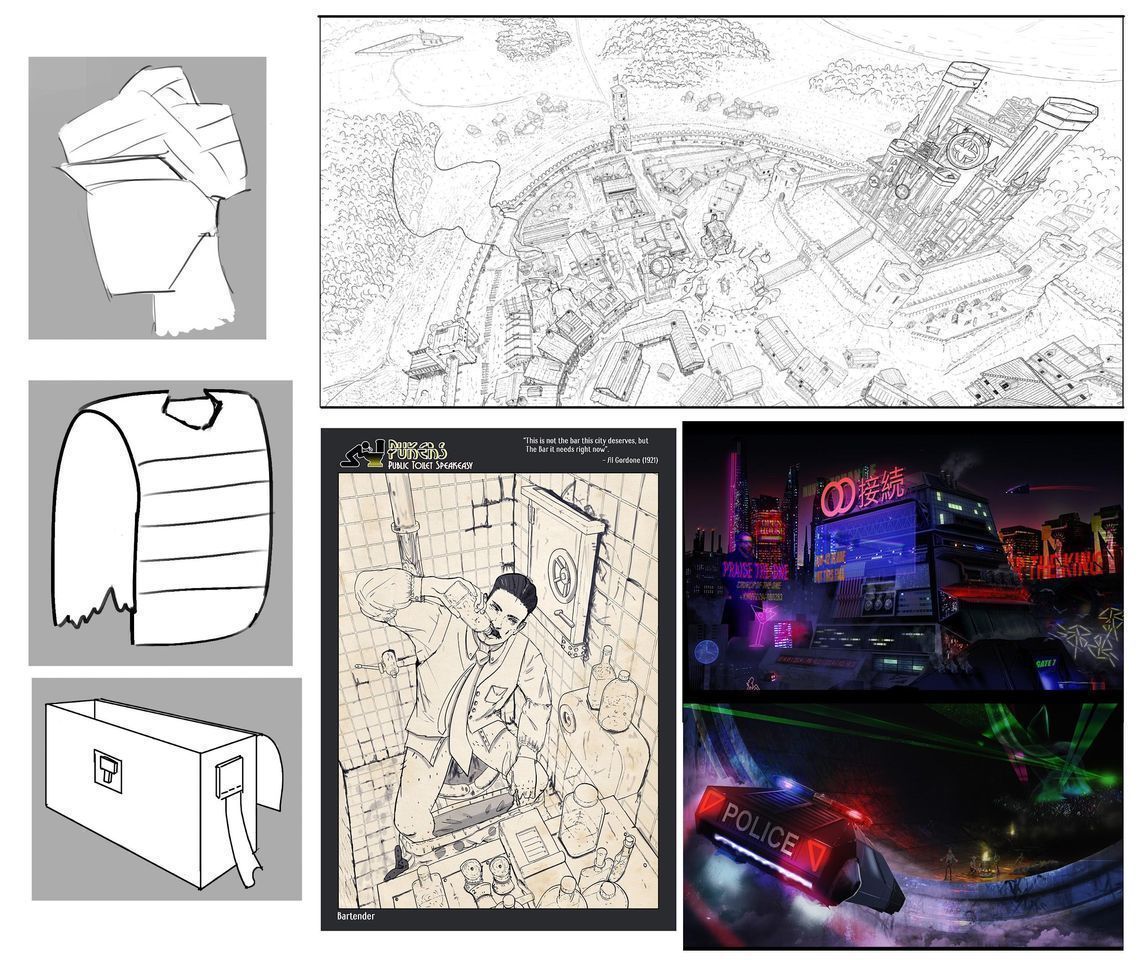
Author: Veniamin Ponomarev
School: FZD School of Design
Want to study at a foreign university but don't know where to start? We can help!
Our specialists will find a university, arrange your documents, fill out the applications, and stay in touch until you receive an offer.

